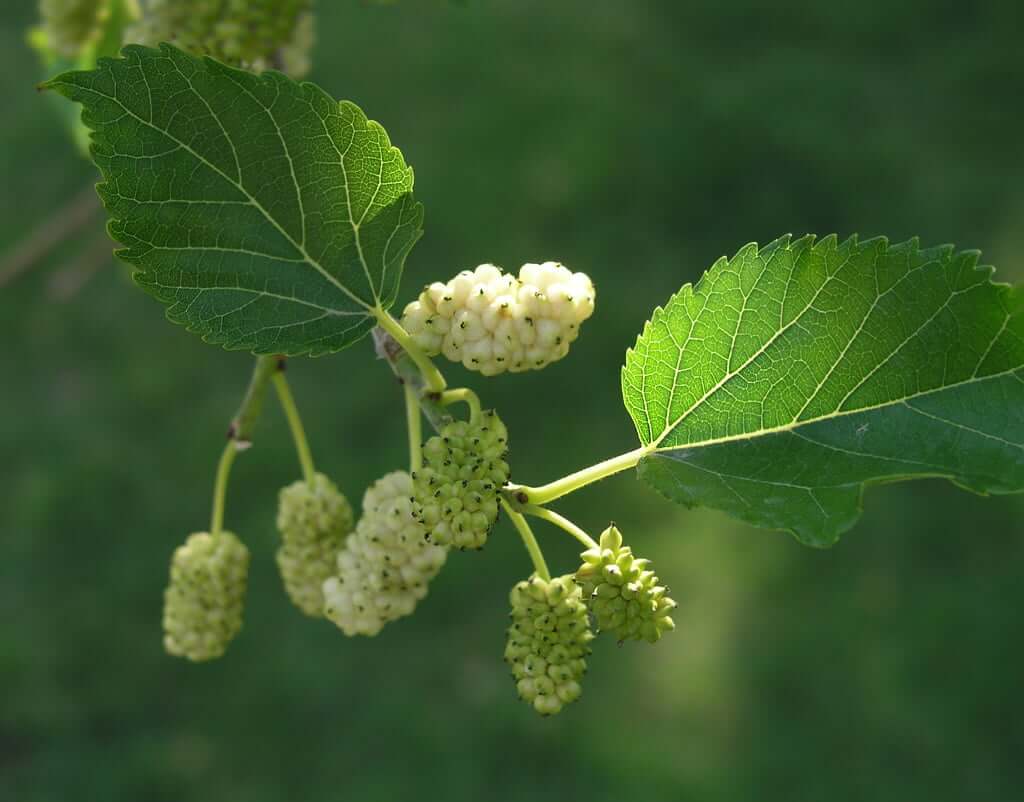The following information has been extracted from the full lists of invader and problem plants maintained in terms of South Africa’s
Conservation of Agricultural Resources Act.
In South Africa these are considered ornamental invaders, they may no longer be planted and existing plants should be prevent from spreading.
Acacia baileyana (Bailey’s wattlel) Acacia elata (Pepper tree wattle) Acacia podalyriifolia (Pearl acacia) Bauhinia purpurea (Butterfly orchid tree) Bauhinia variegata (Orchid tree) Cotoneaster franchetii (Cotoneaster) Eriobotrya japonica (Loquot) Grevillea robusta (Australian silky oak) Ipomoea alba (Moonflower) – Category 1 in Ipomoea indica (Morning glory) – Category 1 in Ipomoea purpurea (Morning glory) Jacaranda mimosifolia (Jacaranda) – excluding the Ligustrum japonicum (Japanese wax-leaved privet) Ligustrum lucidum (Chinese wax-leaved privet) – may Ligustrum ovalifolium (Californian privet) Ligustrum sinense (Chinese privet) Metrosideros excelsa (New Zealand Christmas tree) Morus alba (White mulberry) – excluding the cultivar Pyracantha angustifolia (Yellow firethorn) – but Schinus terebinthifolius (Brazilian pepper tree) – Tamarix chinensis (Chinese tamarisk) – Category 1 Tamarix ramosissima (Pink tamarisk) – Category 1 in Tipuana tipu (Tipu tree) |          |


